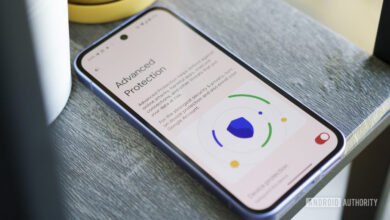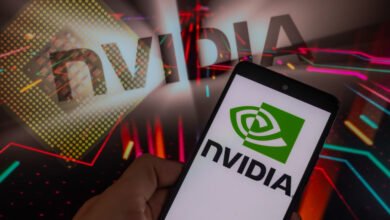The Top Android Phones You Can’t Buy in the US

▼ Summary
– US Android flagship options are limited to Samsung and Google devices, while international markets offer more innovative and advanced Android phones.
– International Ultra flagships like Xiaomi and Oppo models significantly outperform US flagships in camera quality, battery capacity, and charging speeds.
– Even international Pro models surpass US flagship phones in key features such as camera capabilities and battery performance.
– US foldables like the Galaxy Z Fold 7 have improved recently, narrowing the gap with international competitors in design and durability.
– US Android flagships maintain a software advantage with longer update support, but this may not compensate for their hardware shortcomings compared to global alternatives.
When exploring the best Android phones available today, consumers in the United States face a surprisingly limited selection compared to global markets. While American shoppers typically choose between the latest offerings from Samsung and Google, international buyers enjoy a far wider array of innovative devices that often surpass domestic options in both features and performance.
The current flagship landscape in the U.S. primarily revolves around the Google Pixel 10 Pro XL and the Samsung Galaxy S25 Ultra, with foldable options like the Pixel 10 Pro Fold and Galaxy Z Fold 7 rounding out the premium tier. Although devices like the OnePlus 13 and Moto Razr offer solid performance, they don’t quite reach the “Ultra” flagship status. On paper, the top U.S. models boast impressive specifications, powerful processors, up to 16GB of RAM, large 5,000mAh batteries, and versatile multi-lens camera systems including 5x telephoto lenses. In isolation, these phones seem like the pinnacle of Android technology. Yet a global comparison reveals just how much American consumers are missing.
Internationally, true Ultra flagships like the Xiaomi 15 Ultra, Oppo Find X8 Ultra, and Vivo X200 Ultra demonstrate what’s possible beyond U.S. borders. These devices feature dramatically superior camera systems, often incorporating one-inch-type primary sensors that capture significantly more light and detail than any Samsung or Google phone can manage. Their zoom capabilities are in another league entirely, producing crisp, clear images even at 30x to 50x magnification. Beyond photography, these global models also include larger batteries that deliver longer endurance under heavy use and support wireless charging speeds that exceed the wired charging rates of U.S. flagships.
The performance gap extends beyond just Ultra models. Even Pro-level phones available overseas, such as the Oppo Find X9 Pro and Vivo X300 Pro, outperform the best American offerings. The Oppo model ships with a massive 7,550mAh battery, over 50% larger than the Galaxy S25 Ultra’s cell, alongside a superior 200MP telephoto camera and significantly faster charging. Tellingly, even last year’s Vivo X200 Pro captures cleaner, more detailed photos than the current-generation Samsung and Google flagships, highlighting how far behind U.S. Android devices have fallen in hardware innovation.
Foldable phones represent one area where U.S. options have recently become more competitive. For years, models like the Galaxy Z Fold 6 and Pixel 9 Pro Fold failed to distinguish themselves against international competitors from Oppo, Vivo, and Huawei. This year, however, Samsung made significant strides with the Galaxy Z Fold 7, creating one of the sleekest foldables on the market with a larger, more durable display. The Pixel 10 Pro Fold, while somewhat bulky in design, remains the world’s only IP68-rated foldable, an impressive engineering achievement. Still, international alternatives like the Oppo Find N5 and Vivo X Fold 5 maintain advantages in several key areas, including larger batteries with all-day endurance, faster charging, and more capable camera systems. Fortunately, the performance gap in foldables is considerably narrower than with traditional flagship smartphones.
The one remaining advantage for U.S. Android flagships lies in software support. Google and Samsung stand alone in committing to seven years of software updates for their recent devices, with Pixel phones receiving the latest Android versions first. Samsung has also improved its update delivery speed, trailing only Google in deploying new OS versions. While long-term software support remains valuable, it may not indefinitely offset the growing hardware disparities.
Many perceive smartphone innovation as having plateaued, but this impression stems largely from the conservative approach taken by major U.S. players. Compared to the advanced Android flagships available in Asia and Europe, American options feel increasingly outdated. Google and Samsung appear to operate with reduced competitive pressure, perhaps anticipating that regulatory barriers will continue blocking Chinese brands from the U.S. market. This complacency ultimately disadvantages consumers, who miss out on the most exciting developments in mobile technology.
(Source: Android Police)





